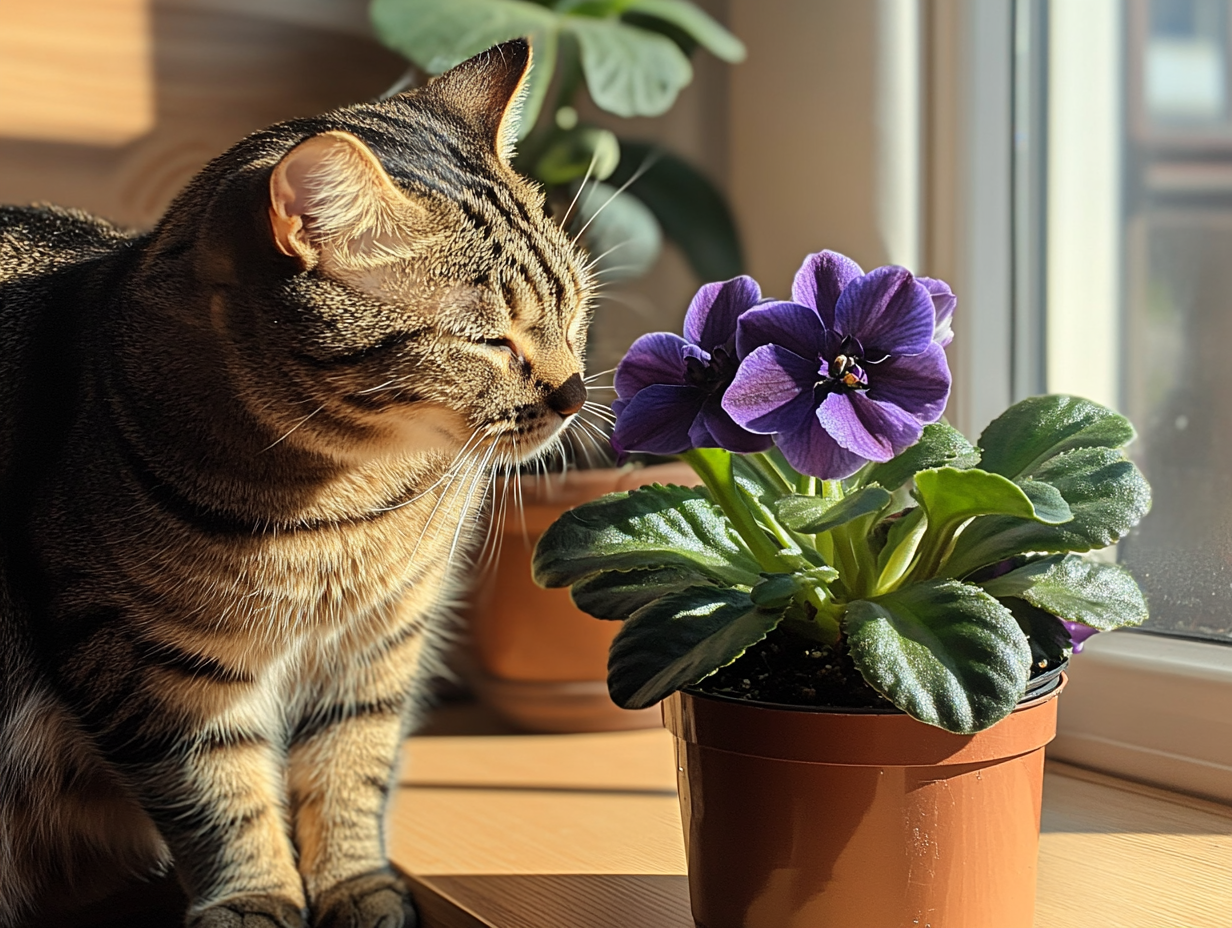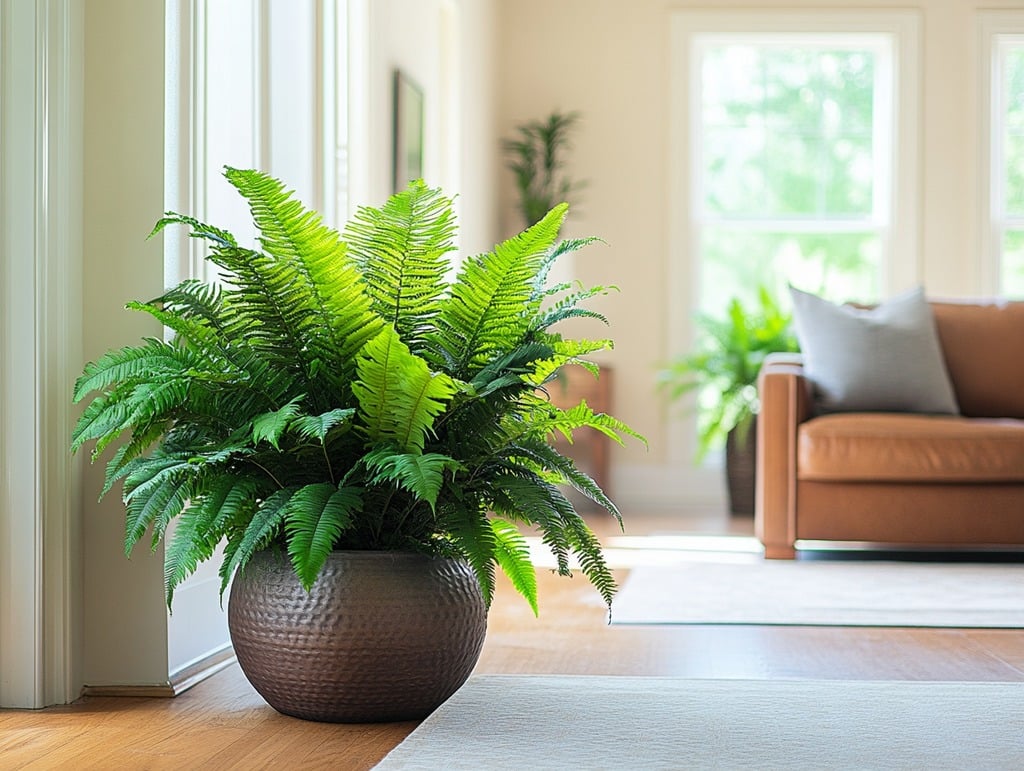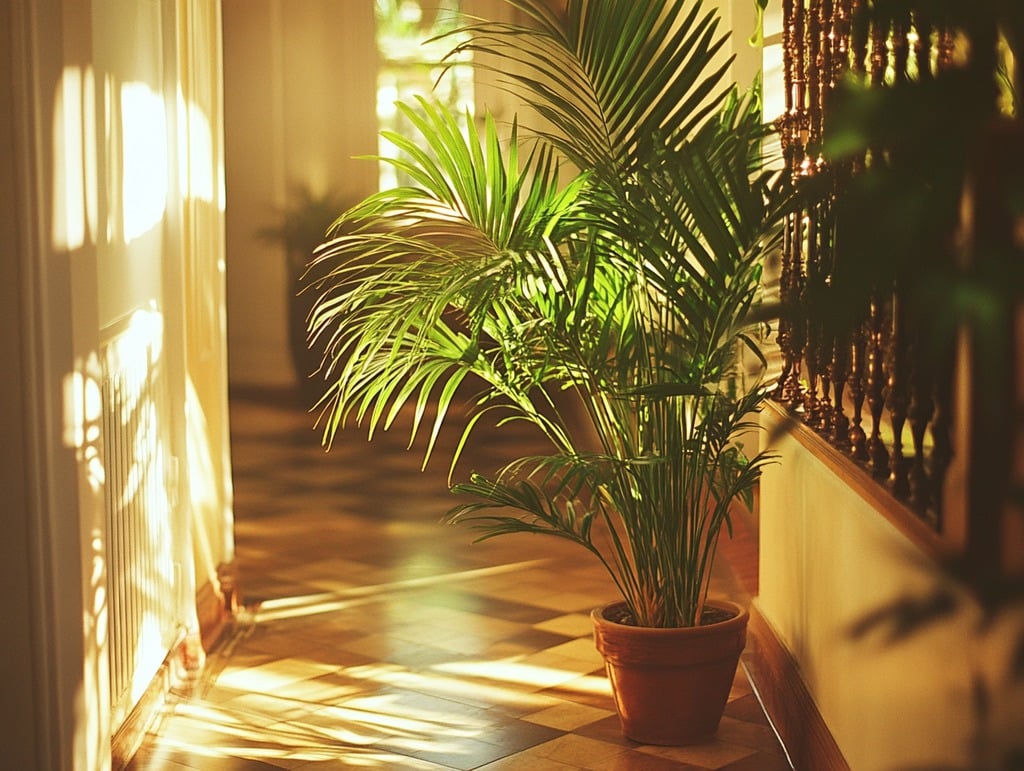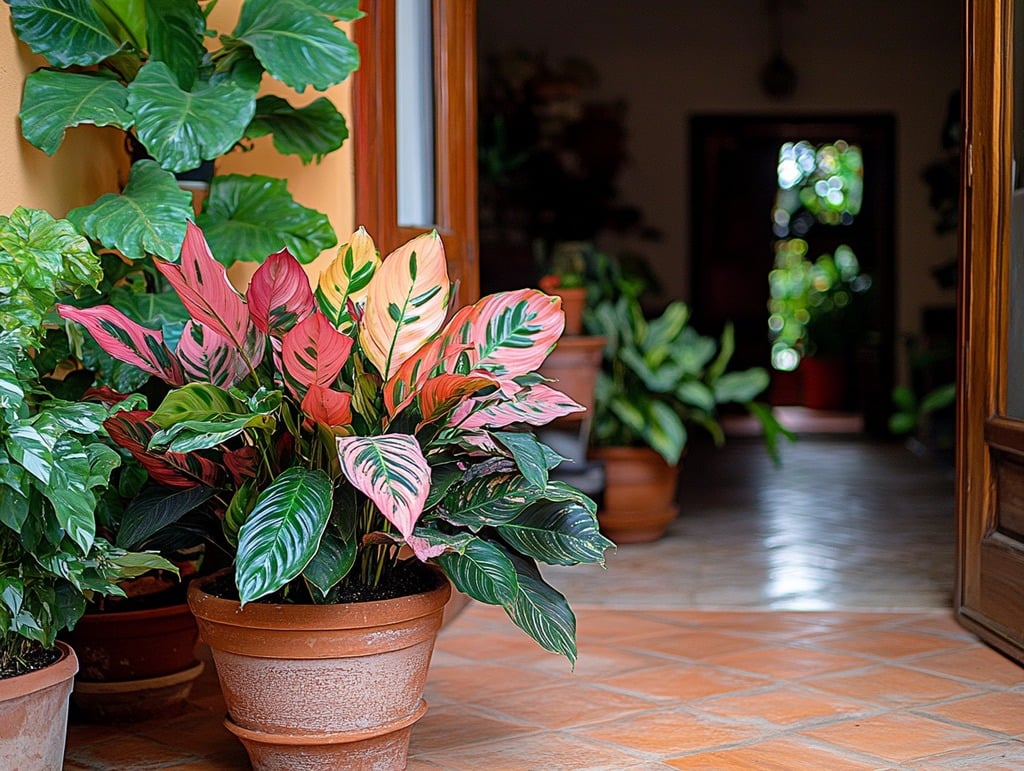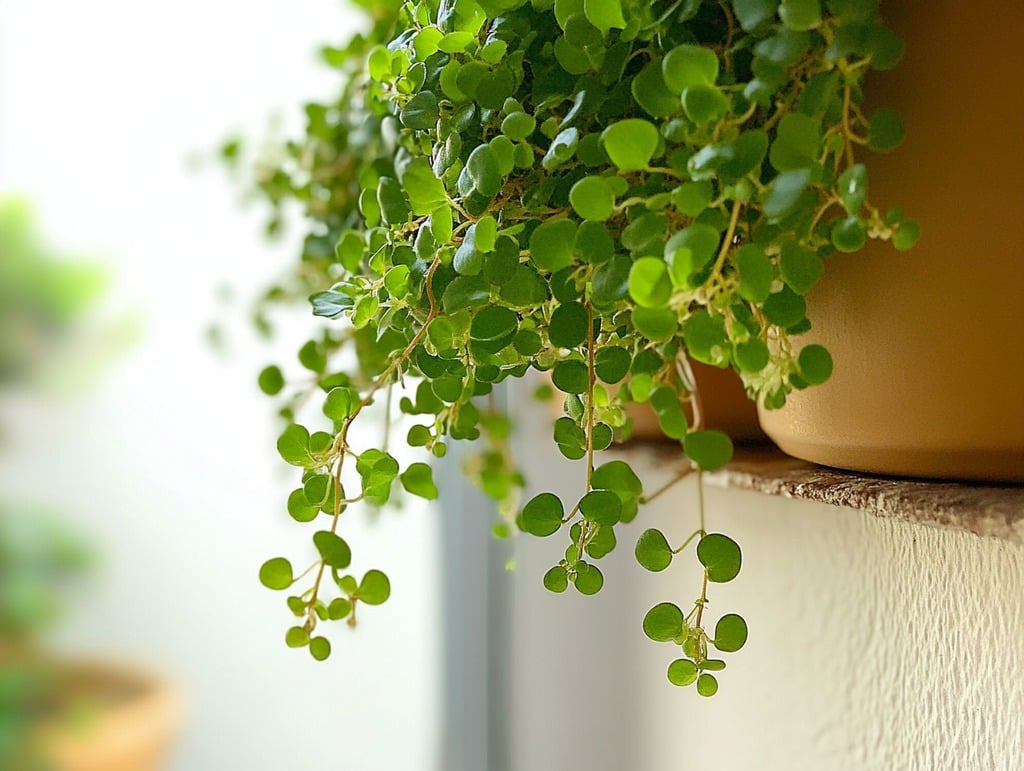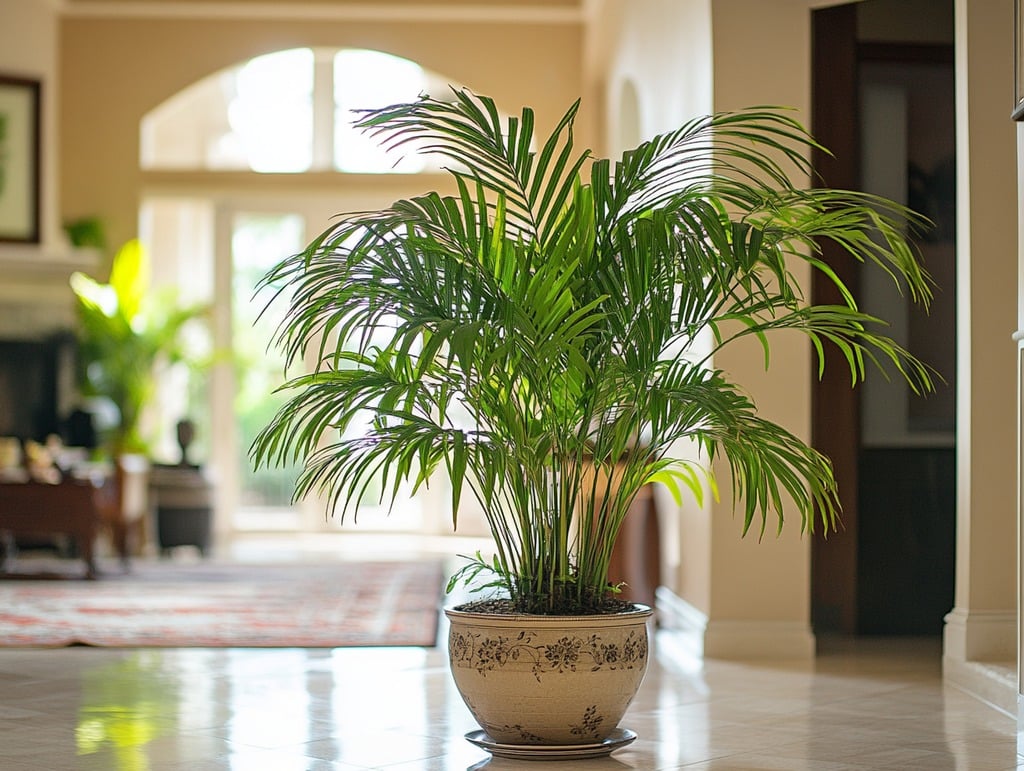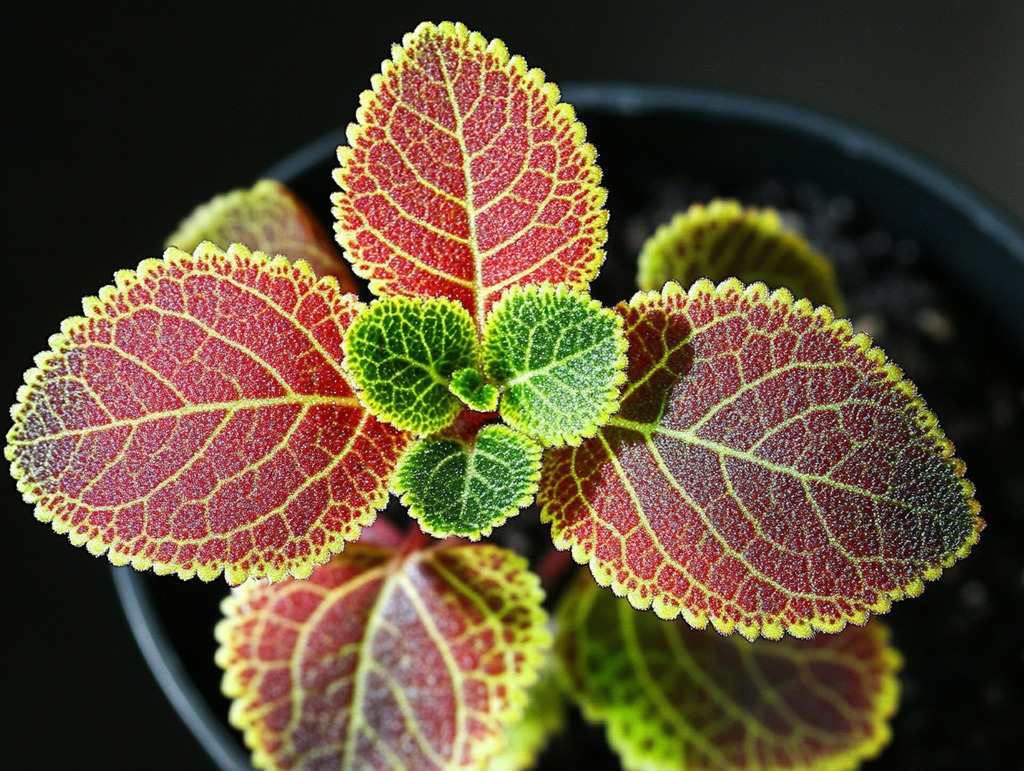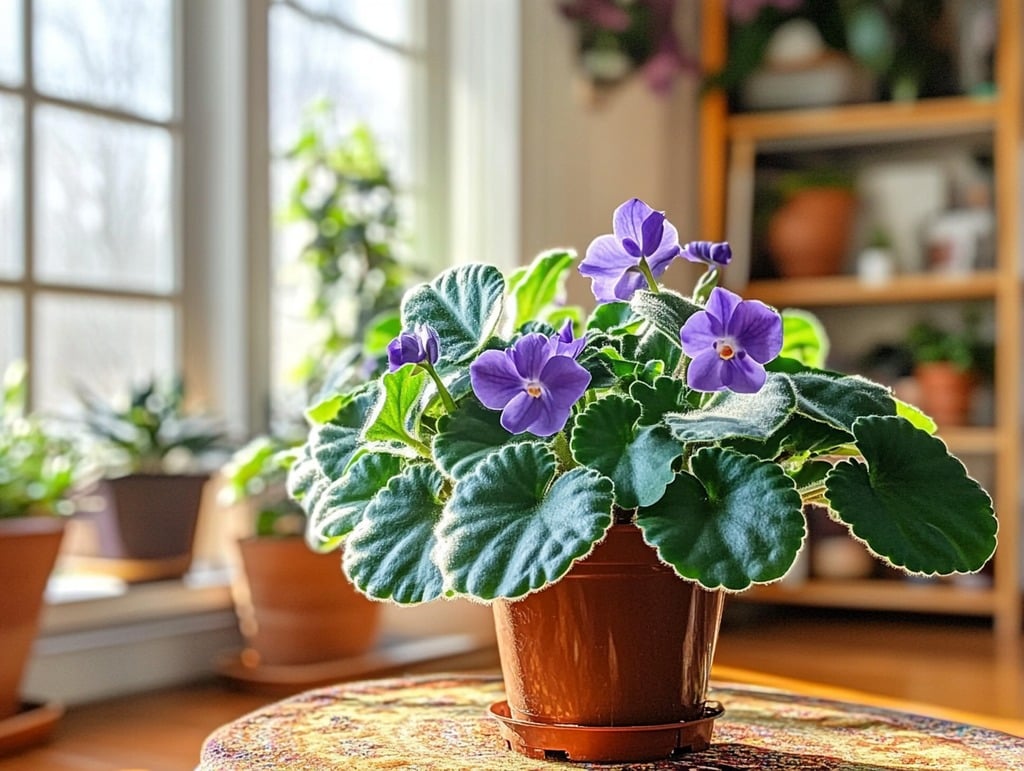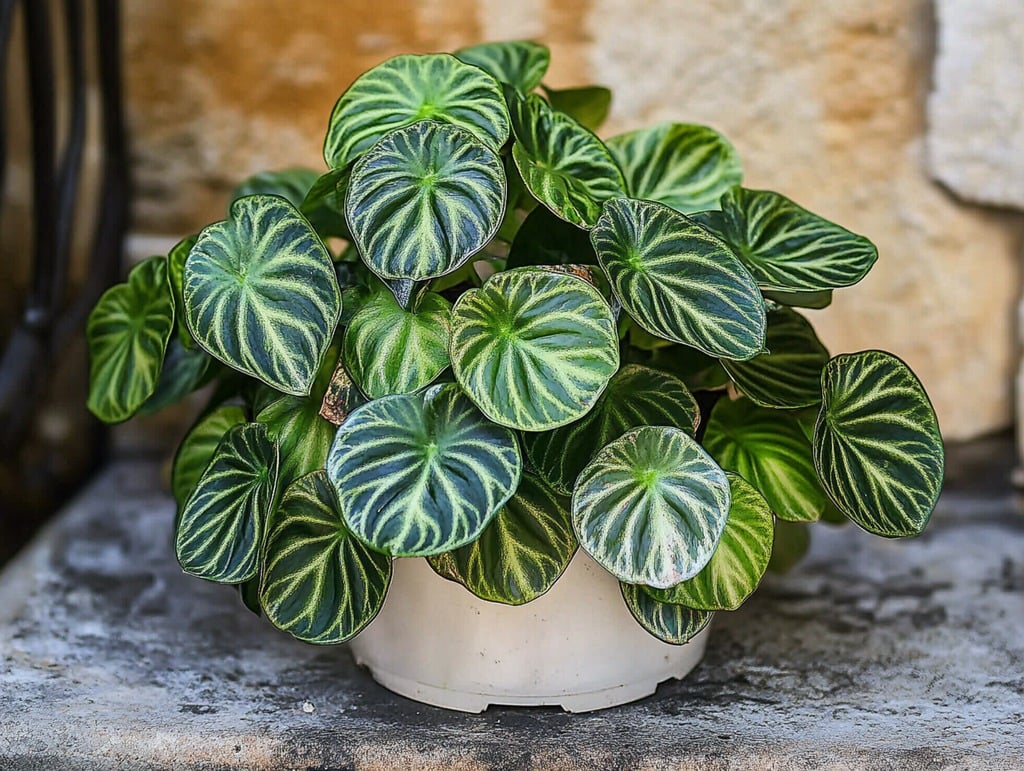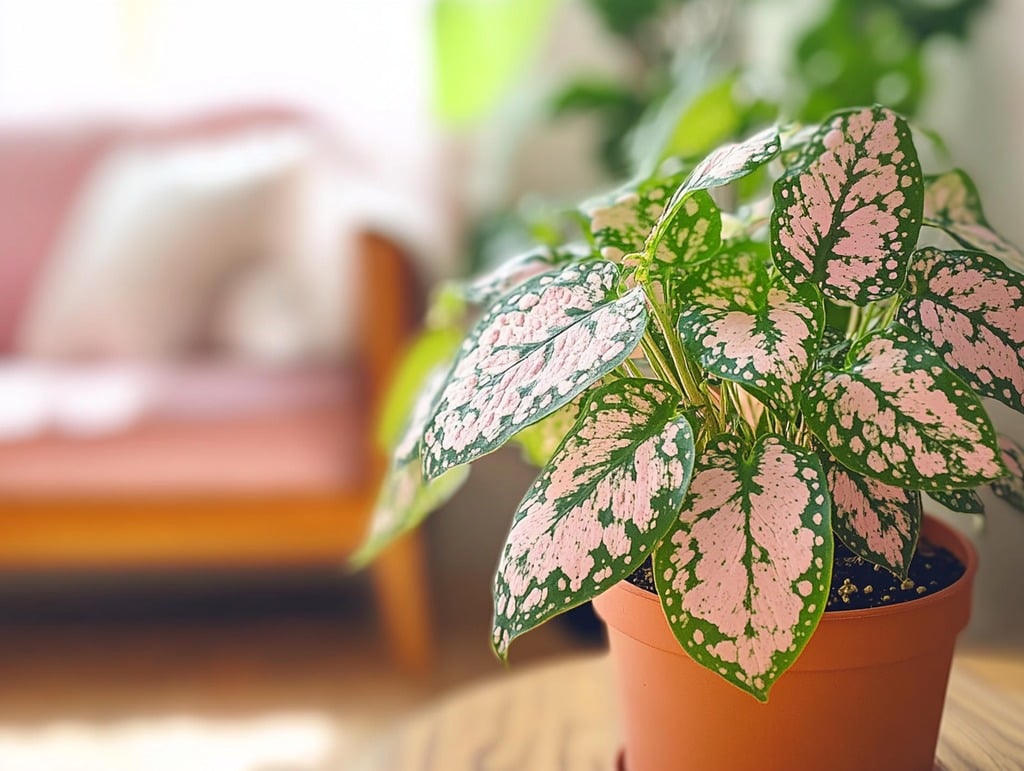Indoor plants bring life, color, and even health benefits to our homes, but if you’ve got pets, you know not all greenery is pet-friendly. Many popular houseplants can be toxic to dogs and cats, making it tricky for pet owners to find safe options. But don’t worry—I’ve got you covered! Below, you’ll find a list of 10 beautiful indoor plants that are non-toxic to pets, so you can green up your space with peace of mind.
Please note: The Cameron Team has not been paid or received any other compensation to include any of the products featured on this post, but the author has included affiliate links and content. If you click on a link, they may earn a commission – a high-five for great content!
1. Spider Plant (Chlorophytum comosum)
Why It’s Safe:
Spider plants are non-toxic to both cats and dogs, making them a fantastic choice for any pet-friendly home. They’re also super easy to care for and known for their air-purifying qualities.
Care Tips:
- Light: Bright, indirect light.
- Water: Keep soil moderately moist, but avoid overwatering.
- Bonus: Spider plants are known to thrive even in low-light conditions!
2. Boston Fern (Nephrolepis exaltata)
Why It’s Safe:
Boston ferns are safe for cats and dogs and add a lush, tropical feel to your decor. They’re also excellent at removing indoor air pollutants.
Care Tips:
- Light: Indirect light is ideal.
- Water: Keep the soil moist, and mist regularly for extra humidity.
- Bonus: Boston ferns are also non-toxic to birds, if you happen to have feathered friends too!
3. Areca Palm (Dypsis lutescens)
Why It’s Safe:
This graceful, tropical palm is completely non-toxic to pets. The areca palm is perfect for adding height and elegance to a room, making it a popular choice for home decor.
Care Tips:
- Light: Bright, indirect light.
- Water: Allow the top layer of soil to dry out between watering.
- Bonus: Areca palms are great for improving indoor air quality by filtering out pollutants.
4. Calathea (Calathea spp.)
Why It’s Safe:
The calathea, also known as the “prayer plant,” is safe for dogs and cats. With its bold patterns and vibrant colors, it’s a favorite among plant lovers.
Care Tips:
- Light: Low to medium indirect light.
- Water: Keep soil evenly moist but not soggy.
- Bonus: Calatheas are also known for their unique leaf movement; they fold up at night!
5. Baby’s Tears (Soleirolia soleirolii)
Why It’s Safe:
This delicate, low-growing plant is non-toxic to pets. Baby’s tears are perfect for small spaces and look great in hanging baskets or terrariums.
Care Tips:
- Light: Bright, indirect light.
- Water: Keep the soil consistently moist.
- Bonus: Its soft, carpet-like appearance adds a touch of whimsy to any indoor garden.
6. Parlor Palm (Chamaedorea elegans)
Why It’s Safe:
The parlor palm is a classic indoor plant that’s both pet-friendly and incredibly low-maintenance. It’s known for its elegant, tropical look and compact size.
Care Tips:
- Light: Low to medium indirect light.
- Water: Allow soil to dry out slightly between watering.
- Bonus: This palm is slow-growing, so it’s perfect for small spaces or tabletops.
7. Friendship Plant (Pilea involucrata)
Why It’s Safe:
True to its name, the friendship plant is not only non-toxic to pets but also makes a great gift for fellow plant lovers. Its textured leaves add interest to any space.
Care Tips:
- Light: Medium, indirect light.
- Water: Keep soil moist but ensure good drainage.
- Bonus: Friendship plants are easy to propagate, so you can share the love with friends and family.
8. African Violet (Saintpaulia spp.)
Why It’s Safe:
African violets are safe for pets and bring a splash of color with their vibrant blooms. They’re compact and perfect for small spaces or as windowsill plants.
Care Tips:
- Light: Bright, indirect light.
- Water: Use room-temperature water to keep soil slightly moist.
- Bonus: African violets are relatively low-maintenance, so they’re a great choice for beginner gardeners.
9. Peperomia (Peperomia spp.)
Why It’s Safe:
Peperomia plants are non-toxic to pets and come in a variety of shapes and colors, from smooth leaves to crinkled, making them a versatile choice for any room.
Care Tips:
- Light: Medium to bright indirect light.
- Water: Allow soil to dry out between watering.
- Bonus: Peperomias are drought-resistant, so they’re ideal for busy plant parents!
10. Polka Dot Plant (Hypoestes phyllostachya)
Why It’s Safe:
The polka dot plant is safe for pets and adds a fun pop of color with its speckled leaves. It’s perfect for anyone looking to add a playful touch to their indoor garden.
Care Tips:
- Light: Bright, indirect light.
- Water: Keep soil consistently moist.
- Bonus: Polka dot plants are easy to propagate, making it simple to grow more from cuttings.
Tips for Keeping Your Indoor Plants Pet-Safe
Having a pet-safe plant doesn’t mean it’s totally safe for them to eat. Here are some quick tips for ensuring a harmonious environment for your plants and pets:
- Place Plants Out of Reach: If you’ve got curious pets, try placing plants on shelves or hanging them to keep them out of reach.
- Train Your Pets: Gently discourage them from chewing or pawing at plants.
- Use Natural Deterrents: Citrus scents or pet-safe plant deterrent sprays can discourage pets from munching on your greenery.
- Know Your Emergency Numbers: In case your pet eats something questionable, keep the number for your vet and the Pet Poison Helpline handy.
Final Thoughts
With these 10 pet-friendly indoor plants, you can create a green oasis in your home without risking your furry friends’ health. Whether you’re after lush ferns, vibrant foliage, or tropical palms, there’s something here for every pet-loving plant enthusiast. Remember, always double-check plant safety if you’re unsure.

